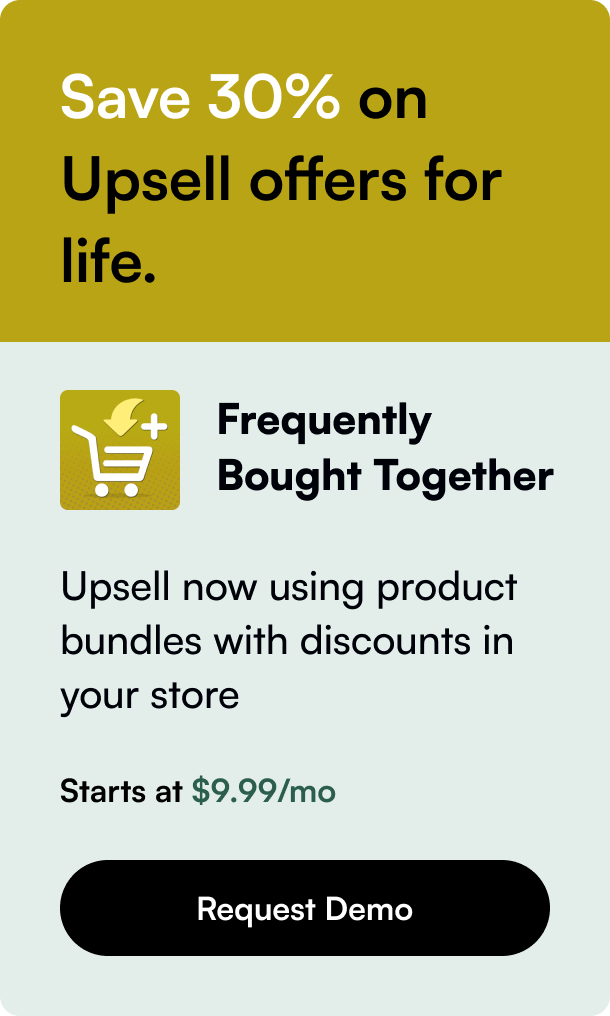Table of Contents
- Introduction
- Why Integrate Shopify with Mailchimp?
- Walking Through the Integration Process
- Driving Optimal Results with the Integration
- Conclusion: A Seamless Avenue to Grow Your E-commerce Store
- FAQ Section
Introduction
Have you ever wondered how to capitalize on your Shopify store customer data to improve your email marketing results? Well, integrating Shopify with Mailchimp may be the golden ticket for maximizing the effectiveness of your campaigns. In the digital age, robust email marketing strategies can significantly boost e-commerce success, leading to improved customer engagement and increased sales.
As we dive deep into the essentials of the Shopify-Mailchimp integration, we'll explore its impact on e-commerce marketing. From personalized customer journeys to seamless data synchronization, this post will unravel the essentials of leveraging these two powerful tools together. Whether you're a boutique store with niche offerings or an expanding marketplace with a growing catalog, integrating Shopify and Mailchimp holds great promise for enhancing your online presence and sales outcomes.
Why Integrate Shopify with Mailchimp?
Integrating Shopify with Mailchimp opens up an array of opportunities for e-commerce businesses. It empowers you to harness the synergy between your Shopify data and Mailchimp's marketing automation prowess. Merging these platforms enables you to utilize customer purchasing behavior, gained through Shopify, to curate personalized marketing strategies within Mailchimp.
So, let’s break down what truly makes this integration tick and why it's revered among e-commerce entrepreneurs.
Enhanced Personalization and Targeting
Gone are the days of generic marketing messages. Today, shoppers anticipate tailored experiences. Upon integrating, Mailchimp allows for sophisticated segmentation of Shopify customer data. This targeted approach equips merchants to dispatch product recommendations, promotions, and content germane to specific customer groups, thus fostering a sense of personal touch.
Improved Marketing Automation
Automation is the lynchpin of marketing efficiency. The Shopify-Mailchimp integration enhances customer interaction without increasing your workload. Imagine the power at your fingertips - sending out abandoned cart reminders, order confirmations, or even birthday discounts automatically based on preset criteria.
Real-Time Analytics and Optimization
Data is the currency of digital marketing, and accessing real-time analytics helps pivot strategies as needed. Mailchimp aggregates the performance metrics such as open rates, click-through rates, and sales conversions. This integration means you can effortlessly monitor and finetune your email campaigns for optimal performance.
Unified Data Ecosystem
Siloed data hampers marketing efficacy. However, this integration amalgamates Shopify's commerce data with Mailchimp’s marketing platform, orchestrating a rich, unified view of your customers. It's like having a holistic command center for informed decision-making.
Walking Through the Integration Process
Now let’s consider the “how-to” of this valuable integration. The setup entails connecting your Shopify store to Mailchimp and syncing your customer data. Here's a synopsis of what it entails:
- Install the Mailchimp app from the Shopify App Store directly or from within the Mailchimp dashboard.
- Authenticate and authorize the connection between Mailchimp and Shopify.
- Configure settings for data syncing, such as the segments and customer information you want Mailchimp to utilize.
Upon successful integration, your Shopify and Mailchimp are in continuous, real-time communication, synergizing your customer insights with your email marketing campaigns.
Driving Optimal Results with the Integration
To harness the full potential of the Shopify-Mailchimp integration, heed the following practices:
Segment Your Audience
Use Shopify's customer behaviors and purchase histories to craft well-segmented audiences within Mailchimp. You could tailor campaigns for first-time buyers differently than your loyal customers.
Personalize the Customer Journey
Create a seamless and personalized journey from the first welcome email to the enticement of loyalty programs; Profile your customers based on their preferences, and then use Mailchimp to custom correspond with them at each step of their buyer's journey.
Optimize Email Content
Leverage Mailchimp's content creation tools with Shopify’s customer insights to craft dynamic and appealing email templates designed to engage and convert.
Keep Evaluating Performance
Evaluate metrics provided by Mailchimp’s detailed reports to make informed adjustments. Which templates lead to more clicks? What time do most purchases occur post-email? Such queries can lead to strategic pivots.
Conclusion: A Seamless Avenue to Grow Your E-commerce Store
The integration of Shopify with Mailchimp offers an uninterrupted conduit between dynamic customer data and actionable email marketing campaigns. It personifies a collapsible divide where customer behavior informs targeted campaigns, fostering elevated customer experiences, increased loyalty, and peaked revenues.
FAQ Section
Q. Is the Shopify-Mailchimp integration a complicated process?
A. Far from it! The integration is designed for ease, tailored to both beginners and tech-savvy users. It’s a straightforward process involving app installation and setting preferences for data syncing.
Q. Do Shopify and Mailchimp share real-time customer data?
A. Yes, once integrated, Mailchimp can automate marketing efforts using real-time data pulled from Shopify, such as purchase history or browsing behavior, enabling timely and relevant customer engagement.
Q. How does data synchronization benefit my marketing?
A. Synchronizing data across platforms ensures you have the most updated customer insights, which allows for the deployment of timely, relevant, and personalized marketing campaigns aligned with customer behavior.
Q. Can Mailchimp handle segmentation based on Shopify data?
A. Absolutely. Mailchimp leverages Shopify data to allow for advanced segmentation creating succinct groups within your customer base so you can target them with tailored marketing messages.
Q. Are there any best practices when using Mailchimp with Shopify?
A. Yes, focus on audience segmentation, automation, and personalization, and always take advantage of analytical data to ensure your email campaigns are resonating as intended with your audience.
Remember, when integrated smartly, Shopify and Mailchimp function not just in tandem, but as one cohesive marketing powerhouse. It's about building bridges, not maintaining islands, and this integration ensures your e-commerce and email marketing thrive on one another’s success.








